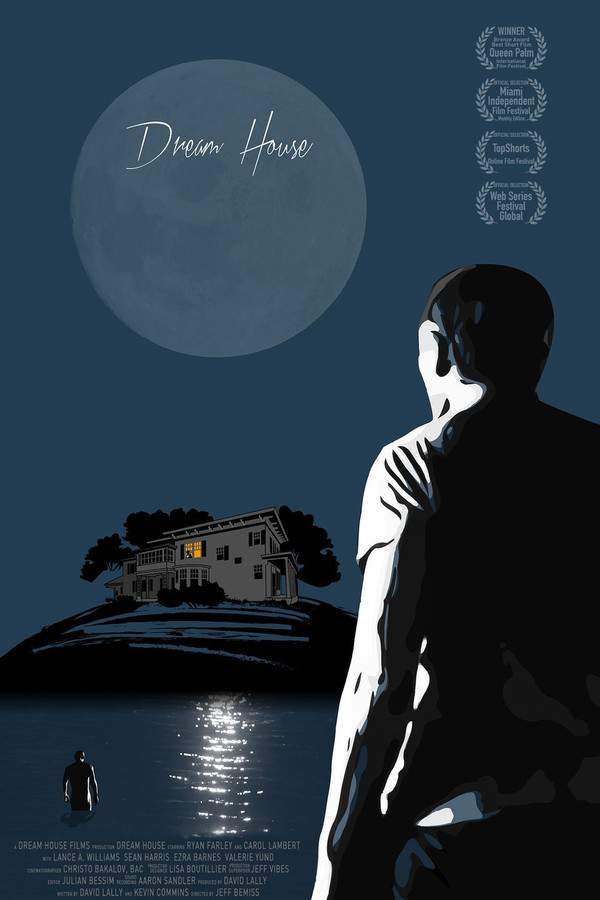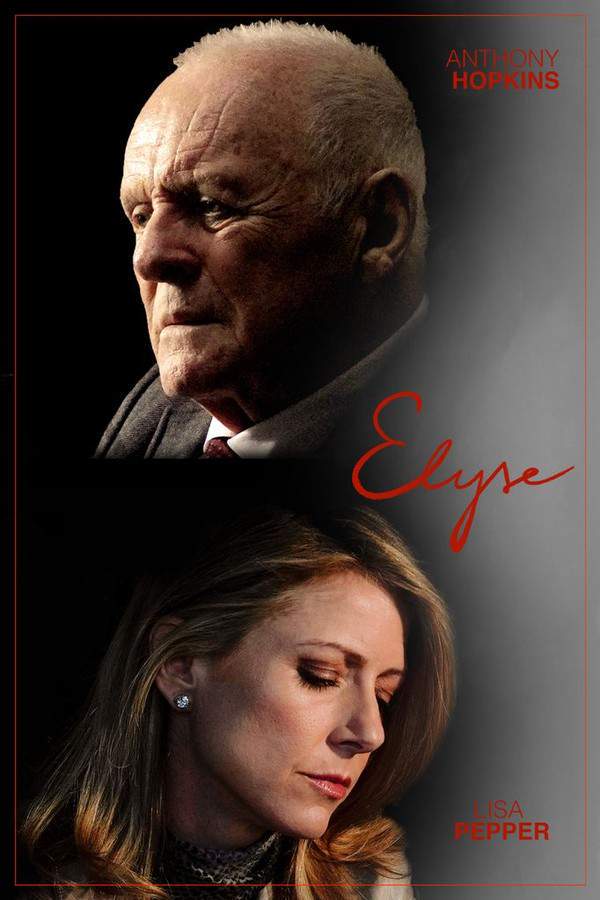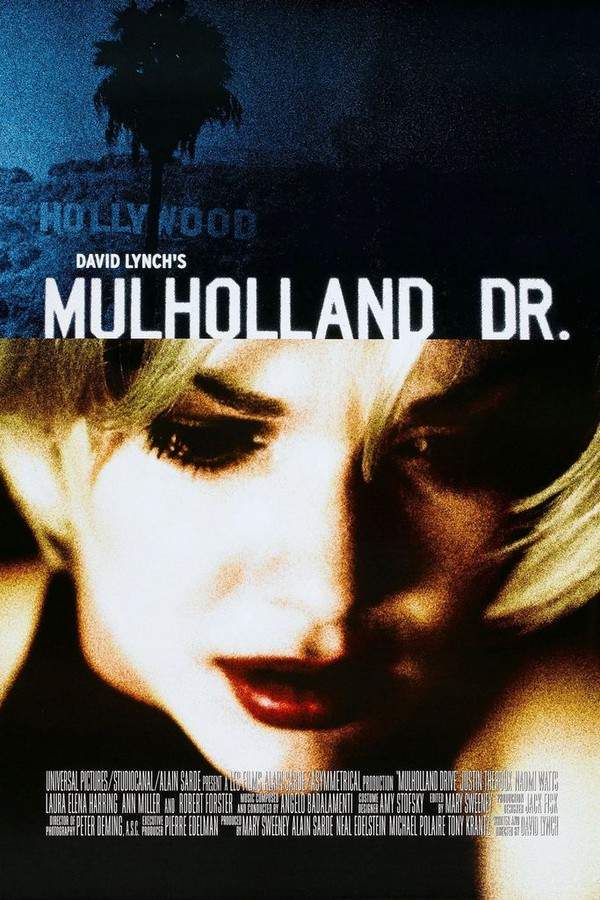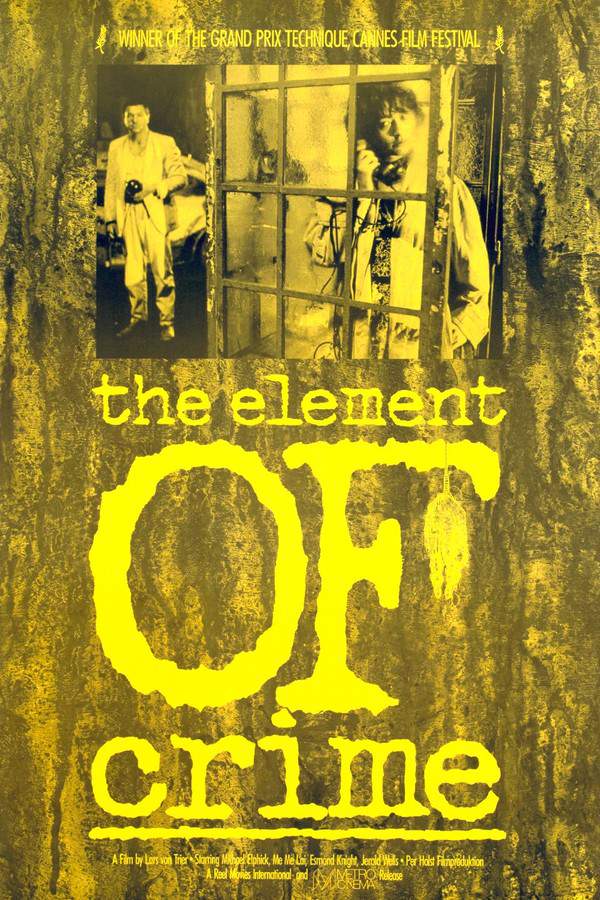-t1ltQ8ph-m1BPA.jpg)
Mother(s)
Year: 2015
Runtime: 21 mins
Language: French
Director: Maïmouna Doucouré
Eight-year-old Aida's life is upended when her father returns from Senegal with a surprising addition to their family – Rama, whom he introduces as his new wife. Witnessing her mother's distress, the sensitive Aida feels compelled to take action and attempts to remove the unexpected visitor. The arrival of Rama disrupts the established routines and creates tension within the Parisian household, forcing Aida and her family to confront new dynamics and challenges.
Mother(s) (2015) – Spoiler-Free Movie Summary & Plot Overview
Get a spoiler-free look at Mother(s) (2015) with a clear plot overview that covers the setting, main characters, and story premise—without revealing key twists or the ending. Perfect for deciding if this film is your next watch.
In contemporary Paris, a modest apartment shelters a small family whose routine is quietly anchored by the rhythms of everyday life. At the heart of this domestic world is Aida, an observant eight‑year‑old whose imagination turns ordinary moments into delicate adventures. Her mother, a steady presence, manages the household with a quiet resilience, while her father works long hours, his occasional absences creating spaces that Aida fills with her own stories.
The fragile equilibrium shifts when the father returns from a trip to Senegal, bringing with him Rama, a woman he introduces as his new wife. Her arrival carries the weight of unexpected change, bringing a different cultural scent, unfamiliar gestures, and a fresh cadence to the household’s conversations. The family’s Parisian backdrop—bustling streets, cafés, and the soft hum of city life—contrasts with the subtle undercurrents of displacement and curiosity that Rama embodies.
As the family navigates this new configuration, the film gently explores the unspoken tensions that arise when familiar roles are renegotiated. Aida’s sensitive nature makes her both a keen observer and a silent participant in the evolving dynamics, while her mother grapples with the delicate balance of protecting her child and accommodating a stranger. The atmosphere is intimate yet charged, blending moments of quiet tenderness with the unease that accompanies any profound shift in a close‑knit home.
Through careful pacing and an understated visual style, the story paints a portrait of a family on the cusp of transformation. It invites viewers to linger on the small gestures—a shared meal, a hesitant smile, a lingering glance—that hint at deeper questions about belonging, identity, and the ways love reshapes the spaces we call home.
Last Updated: September 24, 2025 at 05:00
Explore Movie Threads
Discover curated groups of movies connected by mood, themes, and story style. Browse collections built around emotion, atmosphere, and narrative focus to easily find films that match what you feel like watching right now.
Movies about domestic tension and psychological collapse like Mother(s)
Stories where the sanctuary of home becomes a pressure cooker of psychological tension.If you liked the escalating psychological tension and family breakdown in Mother(s), you'll find similar stories here. These movies often feature a home invaded by external forces or internal strife, leading to a bleak and heavy exploration of domestic life pushed to its limits.
Narrative Summary
Narratives in this thread typically begin with an established, often idyllic, domestic setting that is systematically disrupted. The intrusion—whether a person, an idea, or a past trauma—acts as a catalyst, escalating tensions and exposing hidden fractures within the family unit, often leading to irreversible collapse.
Why These Movies?
These films are grouped together because they share a core focus on the psychological unraveling within a domestic space. They possess a dark tone, high emotional weight, and use the home as a microcosm for larger, often fatalistic, conflicts about identity, loyalty, and survival.
Movies with surreal tragic cycles like Mother(s)
Films that use surrealism to depict inescapable loops of trauma and fate.For viewers who appreciated the surreal, dreamlike quality and the cyclical narrative structure of Mother(s). These films often explore heavy themes like obsession and trauma through a non-linear or symbolic lens, resulting in a complex and bleak viewing experience.
Narrative Summary
The narrative pattern here is often non-linear or circular, beginning and ending in a similar state to emphasize inescapability. Surreal imagery and events are used not just for style, but to externalize internal psychological states and the oppressive weight of a repeating fate.
Why These Movies?
These movies are united by their use of surrealism to explore dark, heavy themes and their structural commitment to a cyclical or fatalistic worldview. They share a very complex narrative style, a bleak ending feel, and an unsettling, dreamlike mood.
Unlock the Full Story of Mother(s)
Don't stop at just watching — explore Mother(s) in full detail. From the complete plot summary and scene-by-scene timeline to character breakdowns, thematic analysis, and a deep dive into the ending — every page helps you truly understand what Mother(s) is all about. Plus, discover what's next after the movie.
Mother(s) Summary
Read a complete plot summary of Mother(s), including all key story points, character arcs, and turning points. This in-depth recap is ideal for understanding the narrative structure or reviewing what happened in the movie.

Mother(s) Timeline
Track the full timeline of Mother(s) with every major event arranged chronologically. Perfect for decoding non-linear storytelling, flashbacks, or parallel narratives with a clear scene-by-scene breakdown.

Characters, Settings & Themes in Mother(s)
Discover the characters, locations, and core themes that shape Mother(s). Get insights into symbolic elements, setting significance, and deeper narrative meaning — ideal for thematic analysis and movie breakdowns.

More About Mother(s)
Visit What's After the Movie to explore more about Mother(s): box office results, cast and crew info, production details, post-credit scenes, and external links — all in one place for movie fans and researchers.































